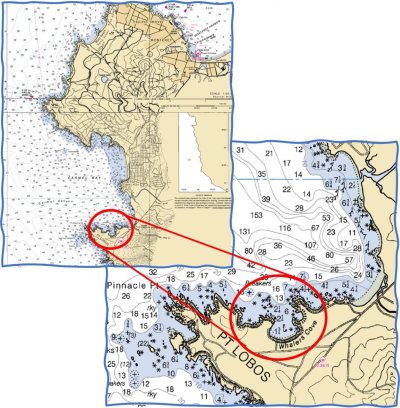Peter,
Simply, things change. Back when I was getting into anchoring overnight, there was this book called Chapman Piloting Seamanship and Small Boat Handling, the bible of small boating. Before there were new generation anchors, the scope rule was 7:1 overnight and 10:1 for severe weather. Based on the anchors of that time, backing down to set the farm implement was the only reliable way to know it was going to hold.
Welcome to the 21st century. We have next generation anchors, people scope 4:1 (and live to tell about it), and some East coast boaters can set their anchors without backing down.
While I can't comment on Practical Sailor as I don't read it for obvious reasons (I'm a power boater), the other 2 write to a boating level I passed 3+ decades ago. My technique with a Rocna anchor and 7:1 scope in less than 20' of water, has worked for me, over 100 times, flawlessly. It may be that my boat has more windage and the anchor sets when the slack has drawn tight. It may be that I'm often in tidal currents that accomplish the same thing. But it works. If my cruising consisted of anchoring on rock piles, coral, or kelp forests of weeds, I might have to change my technique. Until that time, I'll stick with what works for me.
Ted


 I am at an absolute loss to understand how a person can be so obsessed with power setting and so indifferent to a reversal where the anchor might break free.
I am at an absolute loss to understand how a person can be so obsessed with power setting and so indifferent to a reversal where the anchor might break free.